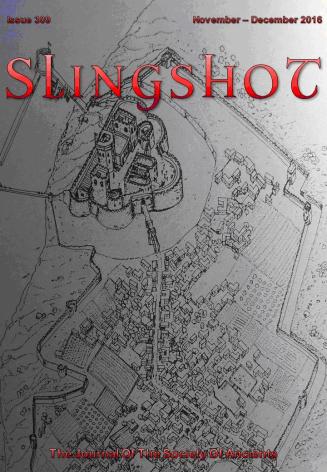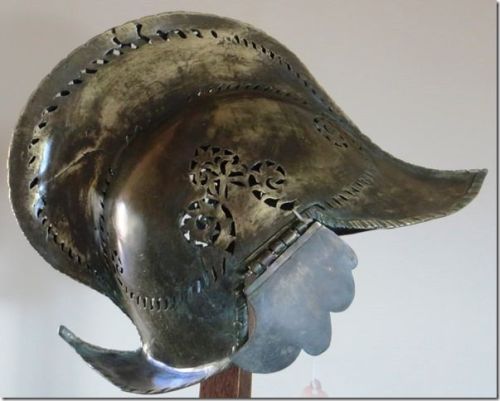11/02/2019
periklisdeligiannis.wordpress.com
Uncategorized
Asia, Civilization, Eurasia., India, Indian subcontinent, Indians, Indo-European, Indo-European languages, Indo-Europeans, Indus Valley, Indus Valley Civilization, South Asia, South Asian, Steppe
Republication from biorxiv

doi: https://doi.org/10.1101/292581
Abstract
The genetic formation of Central and South Asian populations has been unclear because of an absence of ancient DNA. To address this gap, we generated genome-wide data from 362 ancient individuals, including the first from eastern Iran, Turan (Uzbekistan, Turkmenistan, and Tajikistan), Bronze Age Kazakhstan, and South Asia. Our data reveal a complex set of genetic sources that ultimately combined to form the ancestry of South Asians today. We document a southward spread of genetic ancestry from the Eurasian Steppe, correlating with the archaeologically known expansion of pastoralist sites from the Steppe to Turan in the Middle Bronze Age (2300-1500 BCE). These Steppe communities mixed genetically with peoples of the Bactria Margiana Archaeological Complex (BMAC) whom they encountered in Turan (primarily descendants of earlier agriculturalists of Iran), but there is no evidence that the main BMAC population contributed genetically to later South Asians. Instead, Steppe communities integrated farther south throughout the 2nd millennium BCE, and we show that they mixed with a more southern population that we document at multiple sites as outlier individuals exhibiting a distinctive mixture of ancestry related to Iranian agriculturalists and South Asian hunter-gathers.
More
20/11/2017
periklisdeligiannis.wordpress.com
Uncategorized
Bangladesh, Genetics, India, Indian subcontinent, Pakistan
Republication from pnas.org

(A) Scatterplot of 331 individuals from 18 mainland Indian populations by the first two PCs extracted from genome-wide genotype data. Four distinct clines and clusters were noted; these are encircled using four colors. (B) Estimates of ancestral components of 331 individuals from 18 mainland Indian populations. A model with four ancestral
components (K = 4) was the most parsimonious to explain the variation and similarities of the genomewide genotype data on the 331 individuals. Each individual is represented by a vertical line partitioned into colored segments whose lengths are proportional to the contributions of the ancestral components to the genome of the individual. Population
labels were added only after each individual’s ancestry had been estimated. We have used green and red to represent ANI and ASI ancestries; and cyan and blue with the inferred AAA and ATB ancestries. These colors correspond to the colors used to encircle clusters of individuals in A. (Also see SI Appendix, Figs. S2 and S3.)
.
Significance
India, harboring more than one-sixth of the world population, has been underrepresented in genome-wide studies of variation. Our analysis reveals that there are four dominant ancestries in mainland populations of India, contrary to two ancestries inferred earlier. We also show that (i) there is a distinctive ancestry of the Andaman and Nicobar Islands populations that is likely ancestral also to Oceanic populations, and (ii) the extant mainland populations admixed widely irrespective of ancestry, which was rapidly replaced by endogamy, particularly among Indo-European–speaking upper castes, about 70 generations ago. This coincides with the historical period of formulation and adoption of some relevant sociocultural norms.
More
15/04/2017
periklisdeligiannis.wordpress.com
Uncategorized
Bangladesh, India, Indian subcontinent, Military history, Pakistan, Sri-Lanka

This is a collection of weapons from the Indian subcontinent of the last centuries, that is the eras of the Mughal Empire, the Maratha Confederation and the British sovereignty. They belong to Hindu, Moslem and much less Buddhist (mostly Sri-Lankan) armies as well and are typical of Indian warfare during those centuries. The following images include a Maratha armour and elaborate helmet (front and side view), four other
More
03/02/2017
periklisdeligiannis.wordpress.com
Uncategorized
Ancient warfare, Australia, Britain, Canada, India, medieval warfare, Military, Military history, Slingshot, United kingdom, United States

.

[Slingshot 308, September-October 2016]
.
Some time now I’m contributing to Slingshot, the research Journal of the Society of Ancients (published since 1964), specialized in ancient and medieval warfare, tactics and wargaming.
Many thanks for this to Paul Innes and Nick Harbud.
.
Periklis Deligiannis
.
04/11/2015
periklisdeligiannis.wordpress.com
Uncategorized
Brunei, China, India, Indonesia, Japan, Japanese, Java, Malaysia, Moro, Philippines, Sabah, Sarawak, Sumatra, Tokugawa, Tokugawa shogunate
CONTINUED FROM PART I
 Burgonet style
Burgonet style
.
More
Older Entries












